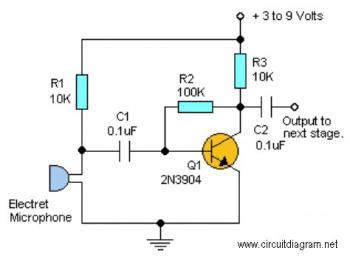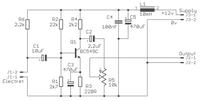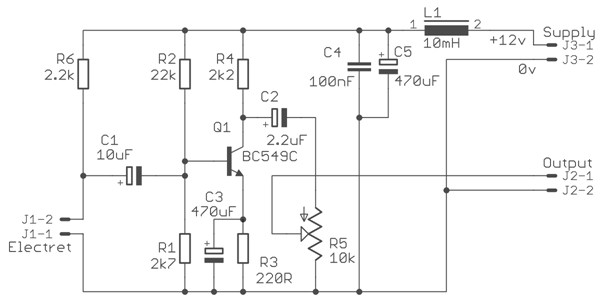Qube
Member level 5

hi...i have a simple doubt with Electret mic... i want to make a little microphone amplifier.. but i have a small doubt...
In the below simple circuit,the mic is connected to 9V Dc through a 10K resistor.. so 9/10K=0.0009A..

1)Should the Mic be powered in order to work or not??
2)With 10K resistor and 9V,the mic can only draw 1mA of current...is it enough for it to work??
In the below simple circuit,the mic is connected to 9V Dc through a 10K resistor.. so 9/10K=0.0009A..

1)Should the Mic be powered in order to work or not??
2)With 10K resistor and 9V,the mic can only draw 1mA of current...is it enough for it to work??
Attachments
Last edited:
![cd[.]net.jpg](/data/attachments/19/19140-e8087ee888f479ff54fd1f3a9866cb7b.jpg)




